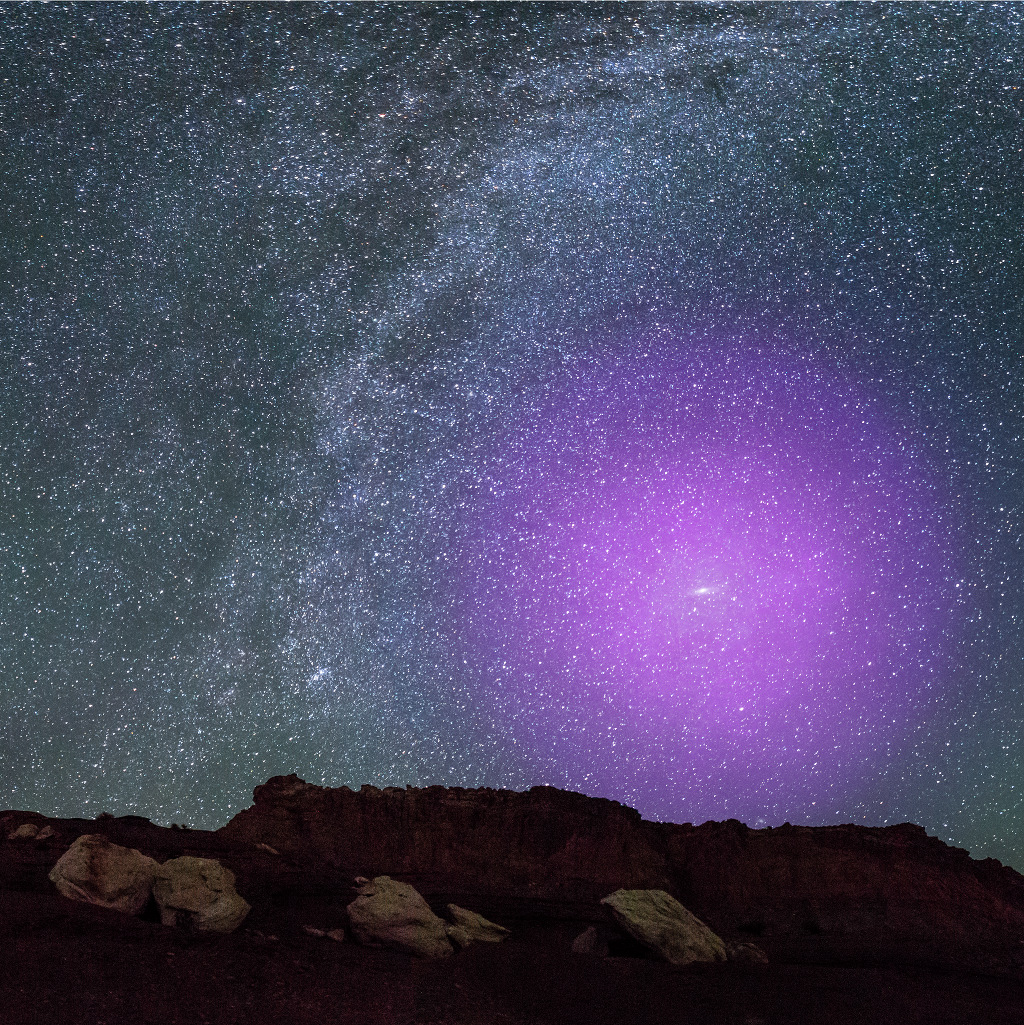mollwollfumble said:
Tau.Neutrino said:
New Simulation Shows Exactly What Dark Matter Would Look Like If We Could See It
How do you study something invisible? This is a challenge that faces astronomers who study dark matter. Although dark matter comprises 85% of all matter in the universe, it doesn’t interact with light. It can only be seen through the gravitational influence it has on light and other matter. To make matters worse, efforts to directly detect dark matter on Earth have been unsuccessful so far.
more…
> It also often forms haloes around galaxies, making up the majority of a galaxy’s mass.
There was a recent report on apod saying that the halo of the Andromega galaxy is so vast that it stretches half way to the Milky Way. This was found by looking at quasar obscuration data.
Reminds me of the halo around the solar system – the Oort Cloud stretches a fair fraction of the distance to Alpha Centauri.
https://apod.nasa.gov/apod/ap200903.html

Explanation: M31, the Andromeda Galaxy, is the closest large spiral galaxy to our Milky Way. Some 2.5 million light-years distant it shines in Earth’s night sky as a small, faint, elongated cloud just visible to the unaided eye. Invisible to the eye though, its enormous halo of hot ionized gas is represented in purplish hues for this digital illustration of our neighboring galaxy above rocky terrain. Mapped by Hubble Space Telescope observations of the absorption of ultraviolet light against distant quasars, the extent and make-up of Andromeda’s gaseous halo has been recently determined by the AMIGA project. A reservoir of material for future star formation, Andromeda’s halo of diffuse plasma was measured to extend around 1.3 million light-years or more from the galaxy. That’s about half way to the Milky Way, likely putting it in contact with the diffuse gaseous halo of our own galaxy.
Given that a lot of the halo of galaxies is dark matter, this is probably a good illustration of what dark matter would look like.
